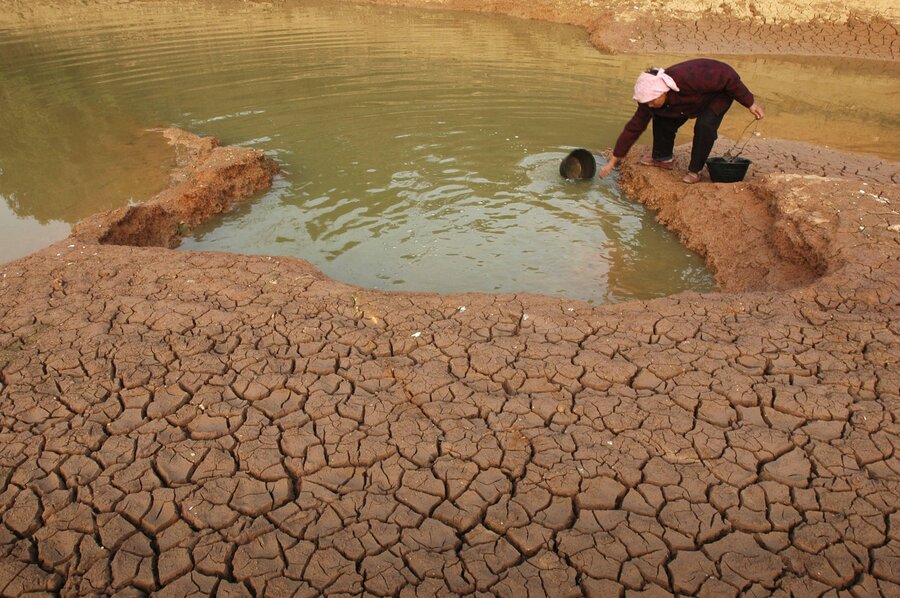Why are Earth's lakes heating up so fast?
Loading...
The world’s lakes are warming faster than the atmosphere or the ocean, and this is a problem, say scientists.
In the first study of its kind, funded by NASA and the National Science Foundation and published Wednesday in the journal Geophysical Research Letters, dozens of researchers from around the world studied 235 lakes spanning six continents, more than half of the world’s freshwater supply. Using 25 years worth of satellite and ground temperature data, the scientists concluded that the Earth’s lakes are warming an average of 0.61 degrees Fahrenheit each decade.
“These results suggest that large changes in our lakes are not only unavoidable, but are probably already happening,” lead author Catherine O’Reilly, associate professor of geology at Illinois State University, explained in a press release.
And while 0.61 degrees Fahrenheit per decade might not sound like much, it’s a higher rate of warming than either the atmosphere or ocean are experiencing. And its enough to do some serious damage, the researchers say.
Hotter lakes will cause algae blooms to increase by 20 percent over the next century, and toxic algae blooms to increase by 5 percent, scientists suggest. These blooms rob the water of oxygen and inhibit animal and plant life in the lake. And if these warming trends continue, methane emissions from lakes, a greenhouse gas 25 times more powerful than carbon dioxide, will increase by four percent.
But beyond environmental impacts, healthy lakes also serve societal needs.
“Society depends on surface water for the vast majority of human uses,” co-author Stephanie Hampton, director of Washington State University’s Center for Environmental Research, Education and Outreach in Pullman, said in the release. “Not just for drinking water, but manufacturing, for energy production, for irrigation of our crops. Protein from freshwater fish is especially important in the developing world.”
“Understanding the trajectories of temperature change in inland waters is a foundational step in advancing science on a broad diversity of societally important issues,” the authors write in their study.
But tackling lake warming might not be that easy, considering there are a number of causes while no overarching geographic trend.
“Our analyses show that surface water warming rates are dependent on combinations of climate and local characteristics, rather than just lake location, leading to the counterintuitive result that regional consistency in lake warming is the exception, rather than the rule,” the authors explain in their study.
In other words, lakes in hot and cold regions of the Earth are experiencing comparable warming. Lakes in colder climates are warming faster because they are losing their ice cover earlier in the year, and lakes in warmer climates are also warming because less cloud cover is exposing the water to more of the sun’s rays.
The US Great Lakes are experiencing some of the earliest warming because of earlier ice melt. And The Minneapolis Star Tribune notes “Relatively small changes can lead to large changes in systems that define our region,” because a two-degree temperatures shift in the Great Lakes can mean the difference between an iced-over or ice-free Lake Superior.
Some lakes actually cooled during the time period of the study, but the authors say this is not the norm, and the cooling can be attributed to shade cover by newly grown trees or nearby melting glaciers.
But regardless of warming rate or geographical location, lakes stand as a symbolic testiment to larger environmental changes.
“A lake is an integrated story of what’s going on in a region, as opposed to an air temperature that can change in a second,” team member Simon Hook tells the journal Nature. “That interconnectedness makes lakes a unique bellwether for studying local climate change.”






